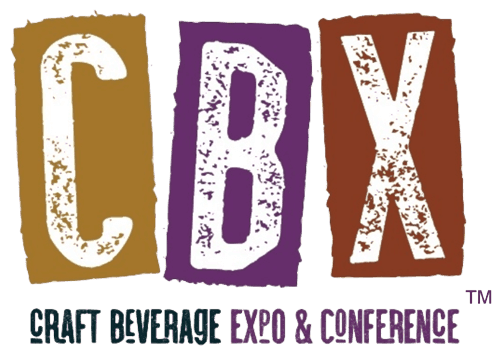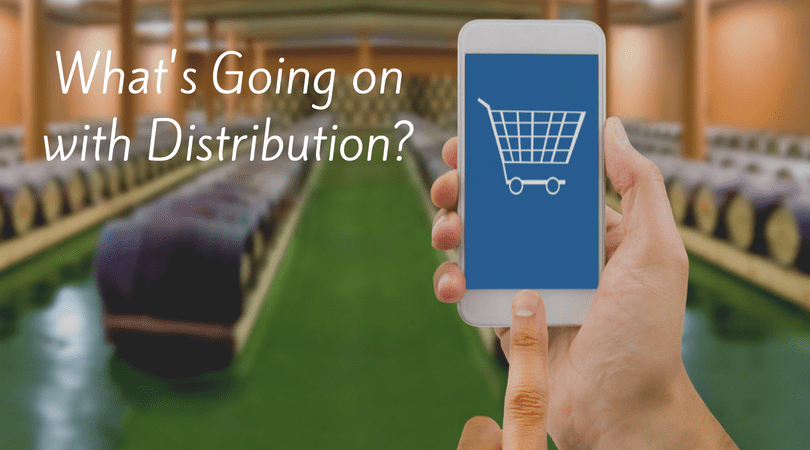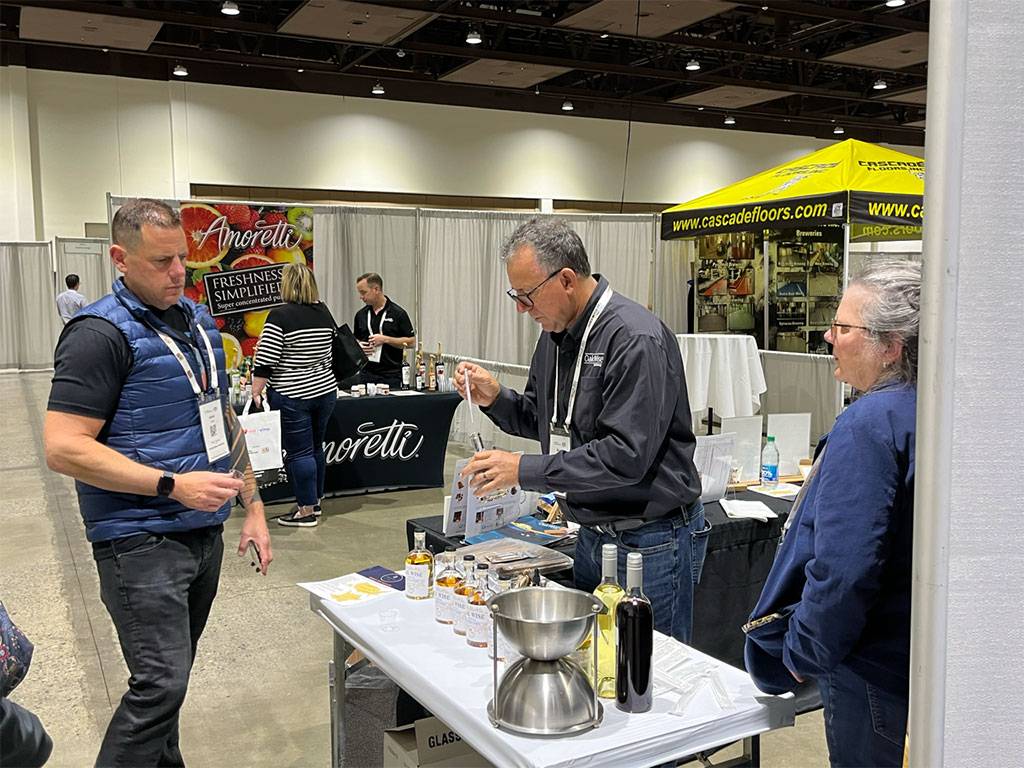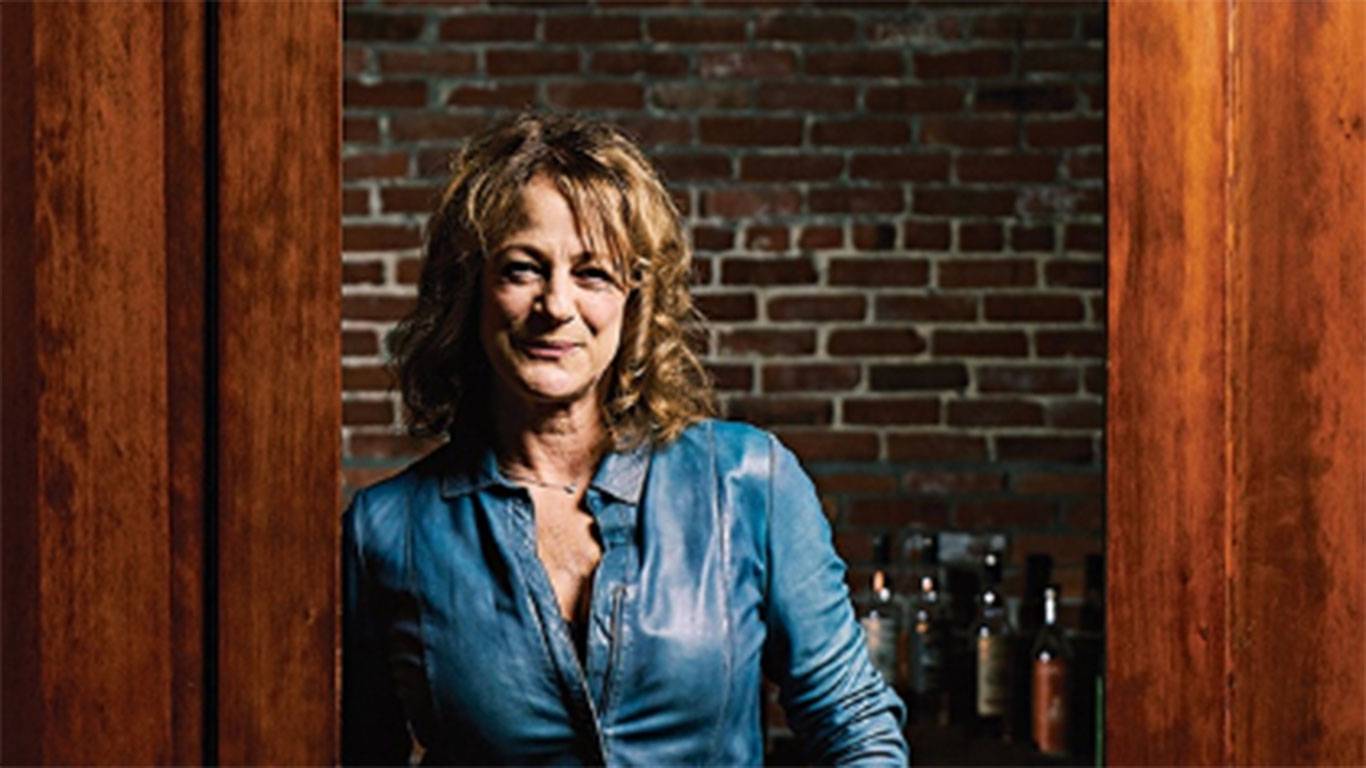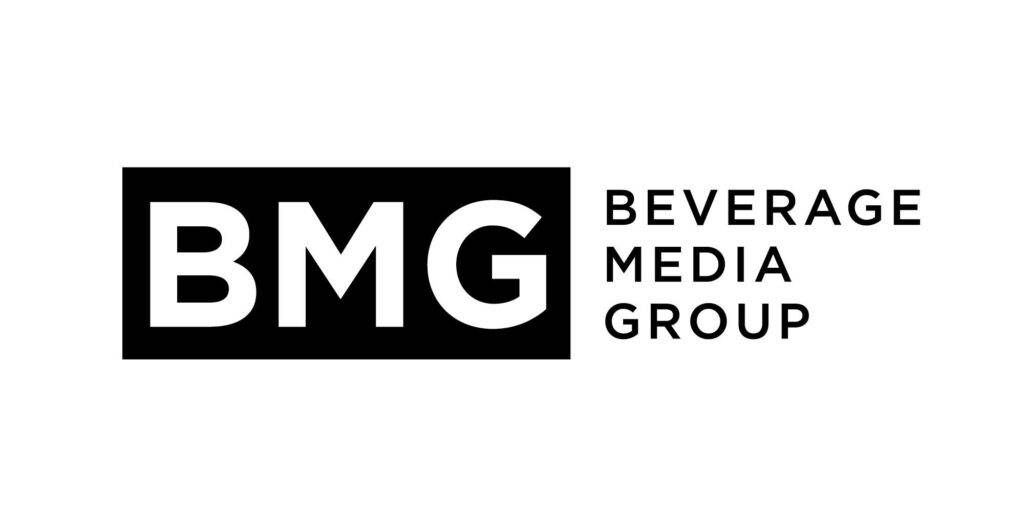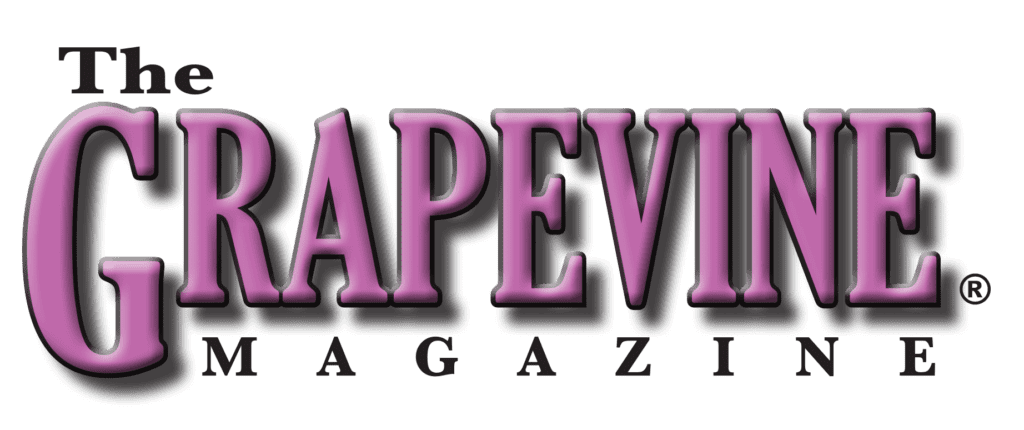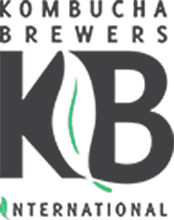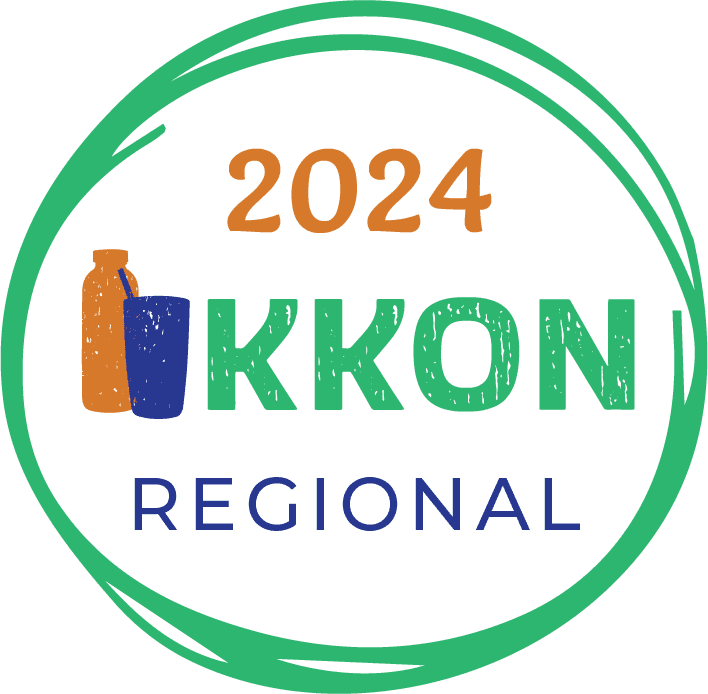Looking for small batch distribution solutions? We’re giving you a glimpse at the strategy that has helped some of most successful independent companies win their home market and beyond. But if you’re looking for true results, you need new ideas, proven strategies and the opportunity to get your questions answered directly from the experts.
This “roundtable” provides a preview of the conversations that will take place at the Craft Beverage Distribution Conference. Hear from the event’s master of ceremonies, Alan Kropf, Director of Education at Anchor Distilling Company, along with keynote speakers Cheryl Durzy, Founder and CEO of Liberation Distribution (LibDib) and Eli Aguilera, VP Spirits & Beer Divisions at Total Wine & More, who will share their unique perspectives on the current state of distribution and the strategies that will help small batch producers thrive.
On the distribution situation in the current market…
Alan: Distribution has long been the limiting gatekeeper for smaller producers. Several factors, including craft reaching critical mass as a mainstream category, the emergence of disruptive technology, and evolution of restrictive regulations, have all combined to create a new craft beverage business landscape with a lot more opportunity than in the past.
Cheryl: We are in an era of distributor consolidation, maker proliferation and changing consumer tastes—seeking unique items, quality and most importantly authenticity, even at higher price points. And authenticity is checked via instant access to information at all times.
This topic is extremely critical because the craft market is experiencing–and will continue to experience—tremendous growth. But traditional distributor consolidation and the business model of the larger wholesalers keeps three-tier distribution out of reach for many of the smaller players. If they don’t have access to the marketplace, even just a case at a time to build a brand, then how can a maker grow and become a bigger (or be acquired by a bigger) suppliers? Access to legal, three-tier distribution is key.
Eli: Consolidation has been occurring at the wholesaler tier at a more rapid rate. As consolidation occurs, there is the possibility for a streamlining of the number of brands that these wholesalers carry.
On distribution changes and opportunities in the digital age…
Alan: The digital revolution has significantly opened things up for craft producers as it relates to distribution. Even beyond the specifics of distribution, the ability to market online and reach a brand’s audience has huge implications on distribution. Technology most definitely helps.
Cheryl: Access to information has certainly disrupted how buyers and consumers choose products. For example, when InBev bought Wicked Weed, within 24 hours, craft beer bars were dropping the brand, Wicked Weed was kicked out of craft beer festivals and there were signs all around the brewery in protest. Within 24 hours!!
Digital marketing via ads and social media has also changed how consumers learn and purchase. We’ve seen other changes too, like the “fourth tier” tech companies that are in between the consumer and the retailer, providing a purchase platform and often 1-2 hour delivery.
I believe technology can very much help the process of distribution. Tech companies like LibDib are leading the way to create a seamless transition into digital distribution, giving every maker, big or small, access to sell compliantly.
On the biggest thing that small batch producers should be doing right now…
Alan: Figure out what the right distribution model is for your business and align it with your growth plan. Growing without a clear plan is not a wise strategy. Grow at a pace that is realistic for your organization, and make sure you are supporting any new distribution out in the market.
Cheryl: One thing that small batch producers should really think about before they get into distribution is production and inventory. On the wine side, wineries know exactly how much they have by vintage, so I think they are decent with their inventory management. However, on the small batch spirits side, we see more out of stock issues. Spend some time learning what kind of stock you should always have on the floor, ready to ship at a moment’s notice. Because once you get a placement on a shelf or a cocktail list…if you can’t fulfill the order in a timely fashion, well that placement will go to someone who can. And buyers are like elephants…they never forget if they have a last-minute change to a list or shelf rotation. Be smart and always have a month’s worth of inventory on hand. Minimum. Be safe and have two or even three months in case a still breaks down, bottles don’t show or the labels are not quite right. Or maybe you get a half pallet order from an account that wants to put you in a club shipment. All of these things happen. The last thing you want is all your hard work getting 15 accounts in California to go out the window because you can’t ship for a month.
Eli: The most important thing that a small batch producer can do is to sample and get liquid to lips. As a retailer that encourages sampling and meet the maker events, we see great success at our stores when brands choose to sample their products. This process helps small producers in particular grow their brand awareness and advocacy.
On creating a solid distribution strategy…
Alan: I believe the challenge with distribution has long been a lack of information, and it can be a bit overwhelming to tackle if you’re new to the space. I’m looking forward to all of the conversations that will happen at Craft Beverage Distribution Conference with its all-new focus on getting small batch products on the path to market. This is uncharted territory for craft producers, with massive implications on current and future success. Distribution is a beast that you need to grab by the horns and turn into a strength, with the conference being the perfect place to elevate your strategy.
Cheryl: Spending as much time as you can learning about the distribution process and how it works for colleagues and friends is important. Attending events, like the Craft Beverage Expo, to listen to panelists and network with other makers in the industry is very valuable. Make sure you spend some time talking to suppliers about the latest innovations in packaging and fulfillment; things change quickly and you never know what is the latest and greatest thing. And, of course, try and have fun. Because this is the booze business. We wouldn’t be here if it wasn’t fun and full of amazing people. Work hard, play hard!
Eli: Talk to your consumers, wholesaler partners, retailers, on-premise partners and every point of the distribution cycle to understand their needs wants and concerns. The more educated you are on the benefits of partnering with different organizations—and how they can help you—the more equipped you will be to win in a crowded environment.
